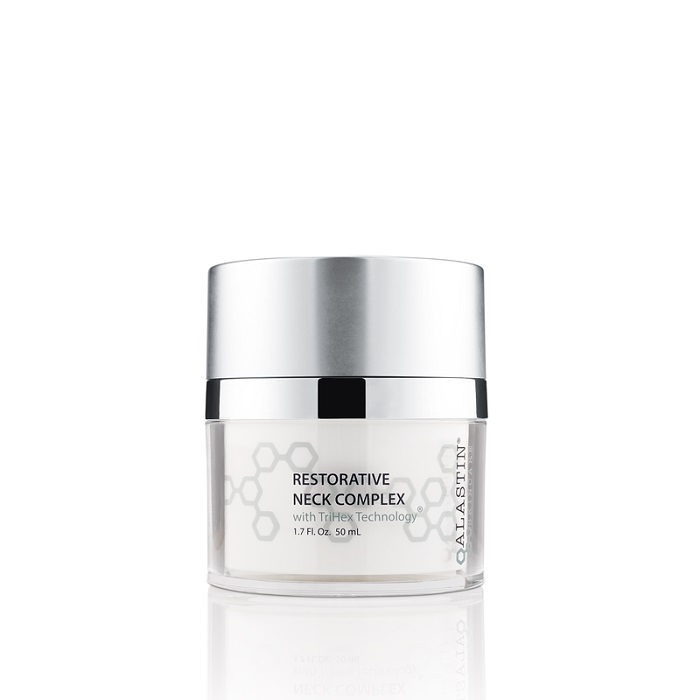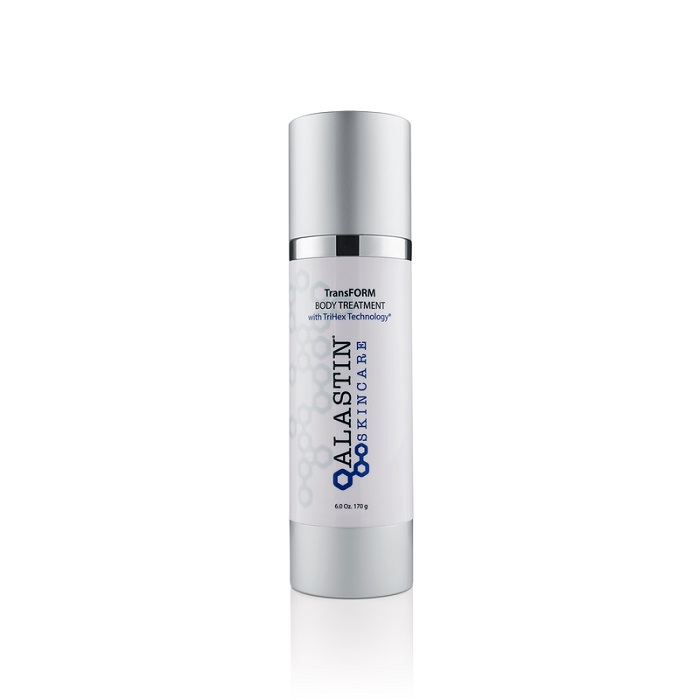
Restorative Neck Complex

Transform Body Treatment

We are located in the Mescal Medical Park on the southwest corner of Scottsdale Road and Mescal Street. Suite 201 is located in a single-story building, on the far west end of the complex.
Get Directions|
Monday: |
8:00AM - 5:00PM |
|
Tuesday: |
8:00AM - 5:00PM |
|
Wednesday: |
8:00AM - 5:00PM |
|
Thursday: |
8:00AM - 5:00PM |
|
Friday: |
8:00AM - 5:00PM |
|
Saturday: |
Closed |
|
Sunday: |
Closed |
Book an appointment with a provider.

Jacqueline Watchmaker, MD, FAAD
General DermatologyCosmetic DermatologySkin Cancer
Accepting New Patients
Our goal is to provide the highest quality of dermatologic care to our patients, delivered in the most respectful, compassionate and effective manner.
For twenty years, Southwest Skin Specialists have provided cosmetic dermatology care to Scottsdale, Arizona, earning recognition as one of the Valley’s leading practices. We are pleased to announce our new aesthetic center, Center for Aesthetic and Laser Medicine Scottsdale (CALM Scottsdale), created to optimize and consolidate aesthetic services in a pleasant, private, and convenient space. Our board-certified dermatologists specialize in a variety of minimally-invasive cosmetic procedures, including treatments with botulinum toxin (Botox), dermal fillers, soft tissue fillers, chemical peels, platelet-rich plasma (PRP) therapy, microneedling, radiofrequency devices, and laser treatments.
Our patients can rest assured that a board-certified dermatologist will evaluate them at every visit. Each of our physicians has received advanced training by completing an internship and comprehensive three-year residency program in dermatology following medical school. In an increased effort to flatten the curve and keep both the patients and health care workers safe, we now offer online dermatology visits for our Scottsdale patients. The American Board of Dermatology has recognized each of us as Fellows, and our board certifications have been maintained by recertification examinations every 10 years. Our staff is highly trained to provide care that maximizes safety and effectiveness. We select procedures supported by research studies and choose scientifically-based, medical-grade skin care products. Your needs are unique, and our goal is to provide personalized treatments tailored to address your specific concerns.
We are proud to serve Scottsdale, Phoenix, and all the surrounding areas.
truSculpt iD is the latest, most innovative and effective way to permanently reduce fat, using noninvasive radiofrequency heating. Unlike other treatments, this is highly customizable & efficient. Typically, a single 15-minute treatment permanently reduces surface fat by 24% on average (compared with other popular methods in which several 35-minute sessions are often required for the same or a lesser effect). (Fat under the chin may require 2 to 4 treatments.) We can permanently reduce fat on the abdomen, back, flank (“love handles”), hips, buttock, thighs (including upper thighs & areas near the knee), calves, arms, and under the chin.
We offer a variety of cosmetic services and treatments at CALM Scottsdale. All treatments are performed or supervised by Board-certified Dermatologists who specialize in Cosmetic Dermatology. All injectables are performed by our physicians.
Click here to view a complete list of our cosmetic dermatology services and treatments.
For general inquiries or if you would like to request a call back, please click below to fill out our contact form.
Contact Us
Restorative Neck Complex

Transform Body Treatment